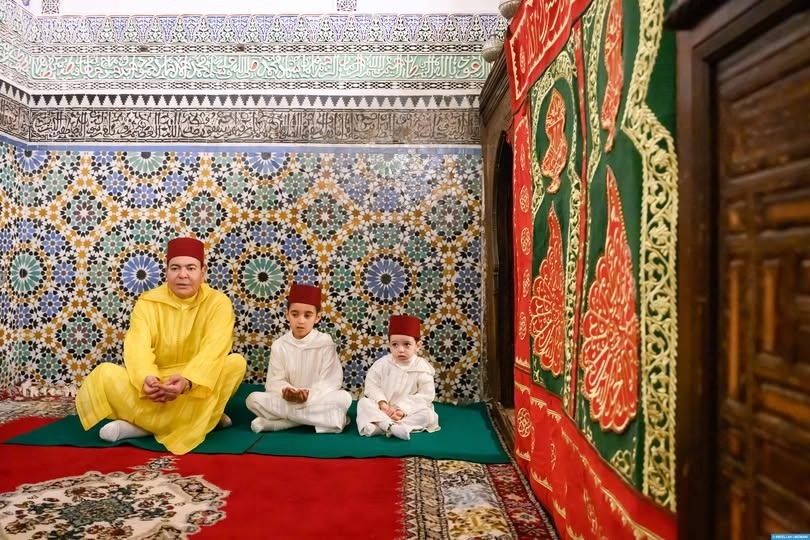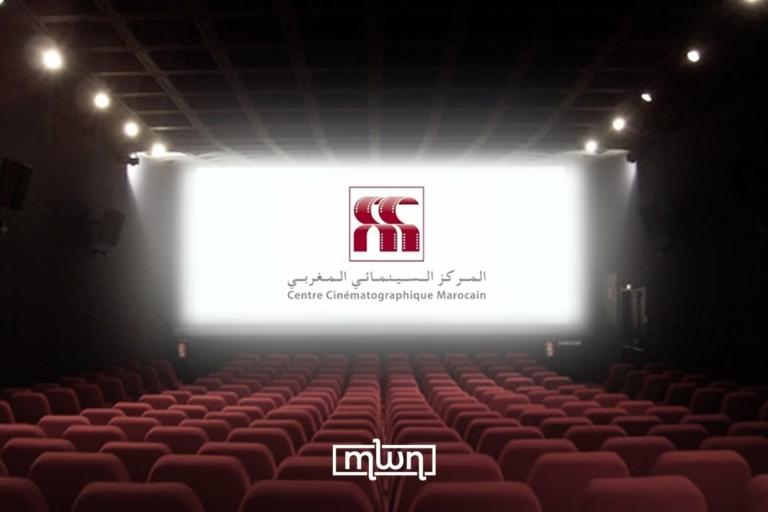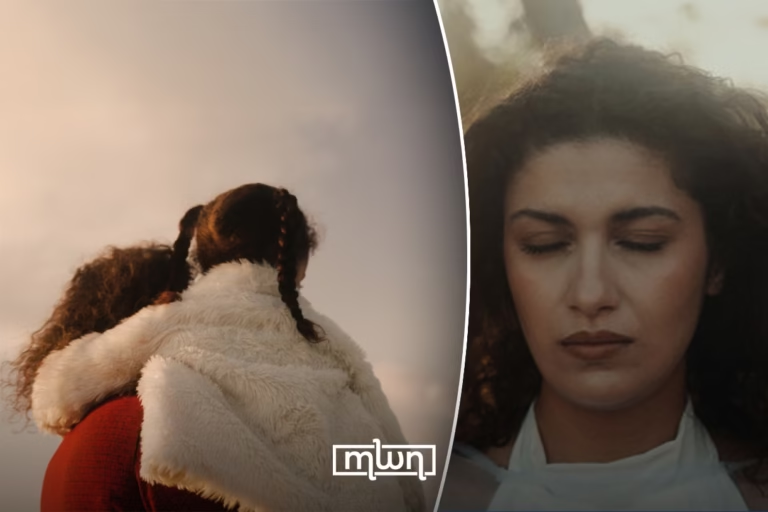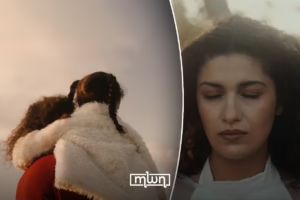In an evening full of culture and heritage, Prince Moulay Rachid showed the world how Moroccans celebrate circumcisions
Fez– In a gesture that quietly echoed centuries of tradition, Prince Moulay Rachid recently celebrated the circumcision of his son, following beloved Moroccan customs.
The ceremony, held in Fez, was both intimate and symbolic, blending royal grace with time-honored rituals practiced across the kingdom for generations.
Prince Moulay Rachid, accompanied by Princes Moulay Ahmed and Moulay Abdessalam, visited the mausoleum of Moulay Idriss Al-Azhar on Wednesday evening as part of the circumcision celebration.
The visit followed cherished Moroccan traditions, weaving together spiritual significance and cultural heritage in a moment that expresses the timeless values passed down through generations.
It was a moment that, while deeply personal, carried profound cultural weight. It left Moroccans knowing that even the royal family follows the culture as it is, reinforcing the monarchy’s connection to its people through shared customs and familiar rites of passage.
Circumcision in Morocco isn’t just a medical procedure; it’s a layered cultural event, often as theatrical as it is tender.
A timeless tradition
Let’s take a look at the timeless traditions that Moroccans can never let go of.
First of all, the timing of a boy’s circumcision isn’t set in stone. Some parents choose to do it in the baby’s first year, others wait until he’s old enough to remember (yes, remember) but usually between ages three and four, though it’s not uncommon for it to happen as late as seven or eight.
Now, here’s where it gets interesting: while most circumcisions are planned by the parents, some are not.
Enter the old-school Moroccan tradition known as “theft circumcision” (don’t worry, it’s not as dramatic as it sounds).
If the parents are hesitating too long, a cheeky uncle or bold aunt might step in, secretly arrange everything, and poof! The boy’s been circumcised before mom and dad can blink.
The only warning the mother might get is a sprinkle of rosewater on her feet from a neighbor in the know, meant to calm her as the newly circumcised child walks back in.
That’s how you turn family pressure into a full-on folk ritual.
If the procedure is done with the parents’ blessing, though, it’s a proper celebration. The night before, the boy is dressed in full traditional attire, complete with a dagger (symbolic, not surgical), a copy of Dalail al-Khayrat (a famous Islamic prayer book), and a silk amulet box known as the tahlil, filled with Quranic verses and coins to protect him from envy.
His hair is styled into a unique shape called al-qarn, often decorated with sparkling threads, and his hands and feet are dyed with henna.
Some families also dab a bit of Nila (a blue dye) behind his ears and tie a string with cowrie shells and a piece of alum around his right ankle just like Prince Moulay Rachid did to his sons, all believed to shield him from the evil eye.
Then comes the actual procedure, typically performed by a traditional barber-surgeon “hajjam” at a nearby mosque or spiritual lodge.
Afterward, the child is wrapped in a large towel and brought home like a little hero returning from battle.
For the next few days, the house fills with relatives and neighbors offering blessings and, of course, gifts.
The gifts? Usually, it is money, but not just for spending on candy. In rural areas, some parents pool their funds to invest in a cow partnership with a local farmer, giving the child access to fresh milk and, later on, a small stream of income.
Nothing says “welcome to manhood” like a share in a dairy business.
And it wouldn’t be a Moroccan celebration without sweets. Platters of “fanid” fluffy white confections made from sugar and egg whites are shaped into roosters, bracelets, and tiny dishes.
These sugary treats are as nostalgic as they are adorable, delighting every child in the room (and let’s be honest, the adults too).
In short, Moroccan circumcision traditions blend religious rites, cultural quirks, and just the right amount of chaos.
By choosing to honor these customs, Prince Moulay Rachid reminded the nation that Moroccan heritage isn’t confined to history books; it’s alive, shared, and buried in every Moroccan heart.
Read also: Abdelkader El Ouazzani: The Last Master of Brocade in Morocco

